Now there is no need to be sat at your desktop PC or laptop to view all your telemetry information. Oriel’s WebWax viewer allows you to view all your telemetry information from all of your pumping stations over any internet connected computer, Ipad or “Android” tablet. All features are available from schematics screens showing an overview of the remote sites displaying latest Alarms to graphing screens showing trend history and historical data are all available on a password protected Web page.
From the start, the easy to use Web menu provides you with a number of options; Site View, Graphing, Settings and Help
Site-View – provides you with a standard Windows type file-list structure of all remote sites currently connected to the system, you can choose whether to view all sites or just remote sites in a particular region. By simply “clicking” on a folder icon you can view all or choose which sites to hide from view. To view a particular site all you need to do is just choose that site and click on it and it is displayed in your web browser, showing all current values, states and alarm/event history.
Graphing – shows the historical trends of all the relevant data-point values all on one large graph, including analogue such as water levels, pump amps etc. and digitals showing pumps or weedscreen running or stopped for a chosen site. Again the sites are listed along the left hand side of the page. Choose which site you wish to view and click on it and the graph appears. From this page you can change a number of viewing parameters, for instance once you click on the time-span, a pop-up calendar appears allowing you to pick out the period that you are currently interested in. You can manually adjust the graph scaling details or the system will simply auto-scale the graphs for you. You can zoom into an area of interest and drill down deeper to investigate why an event occurred and at what time.
Settings – Once you have customised the pages to show you the information in the detail and timespan you require, by saving these in the settings menu and attributing them to a defined user name, each time that user logs into the system with his password, they will view the information in the format previously saved.

 01249 705070
01249 705070

